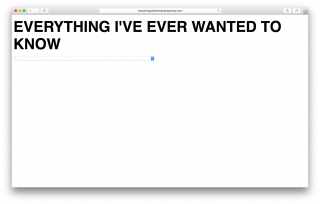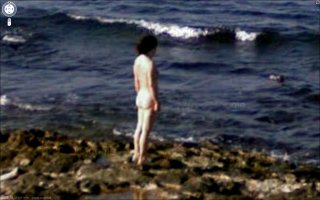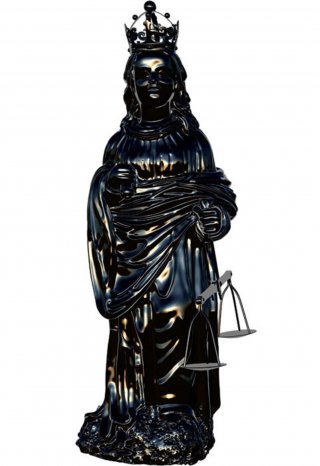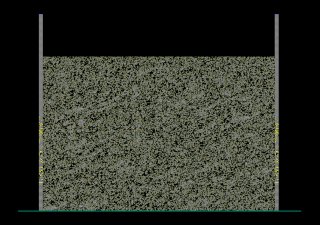Blind Spot
Miao Ying
2007
Miao Ying's Blind Spot (2007) is an 1869-page Mandarin dictionary that has been manually annotated to indicate 2,000 search terms that were censored in China at the time. To make the list, Miao took on the labor-intensive task of searching every word on google.cn. If the search results returned with “According to local laws, some search results are not showing,” in the bottom of the page, Miao would erase the word with white tape.
The words on Miao's list are sometimes predictable terms related to politics or religion. Other times they are surprising, words that had been flagged temporarily for indiscernable reasons.
Blind Spot (2007) is a meditation on the conditions of the Chinese internet, particularly on the experience of the country's heavy censorship. The work also comments on the human labor required for those who maintain the apparatus of regulatory state control, and of those subject to it.
 Miao Ying, Blind Spot, 2007, photo by Alex Lau
Miao Ying, Blind Spot, 2007, photo by Alex Lau
"The first internet piece I made was trying to address censorship with an end goal of bringing change to it. Over the years, I feel like censorship has changed me instead."
In her final year of university, Chinese artist Miao Ying began to search entries from the Chinese Dictionary on the heavily censored google.cn (Google China) search engine. She spent three months making her way from A to Z, taking note of which terms were inaccessible. She found 2,0000 censored words.
When Miao searched too many "sensitive" words at one time, her service would be blocked for about 20 minutes, and google.cn wouldn’t load at all.
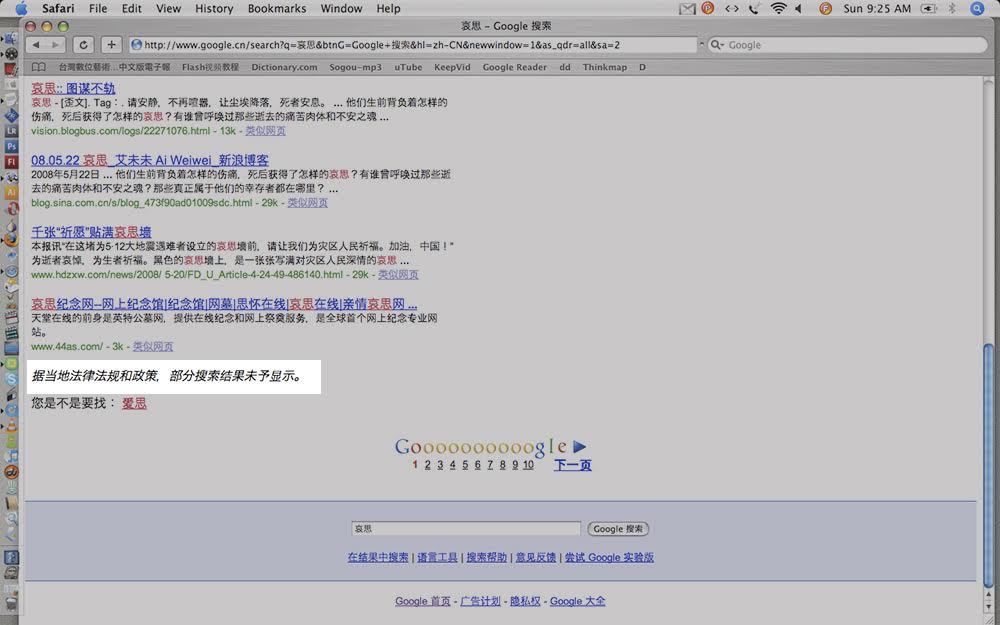 Google.cn screenshot taken by Miao Ying during the making of Blind Spot (2007).
Google.cn screenshot taken by Miao Ying during the making of Blind Spot (2007).
In the final Blind Spot book, Ying presents the Chinese dictionary with all 2,000 of the censored words erased. Only the character of the censored term is erased; the definition remains in print.
Blind Spot calls attention to the mechanisms of censorship on the Chinese internet, something that most Chinese citizens at the time were largely unaware of.
"People in China don’t realize what censorship is; to them it’s just a note on the bottom of the page."
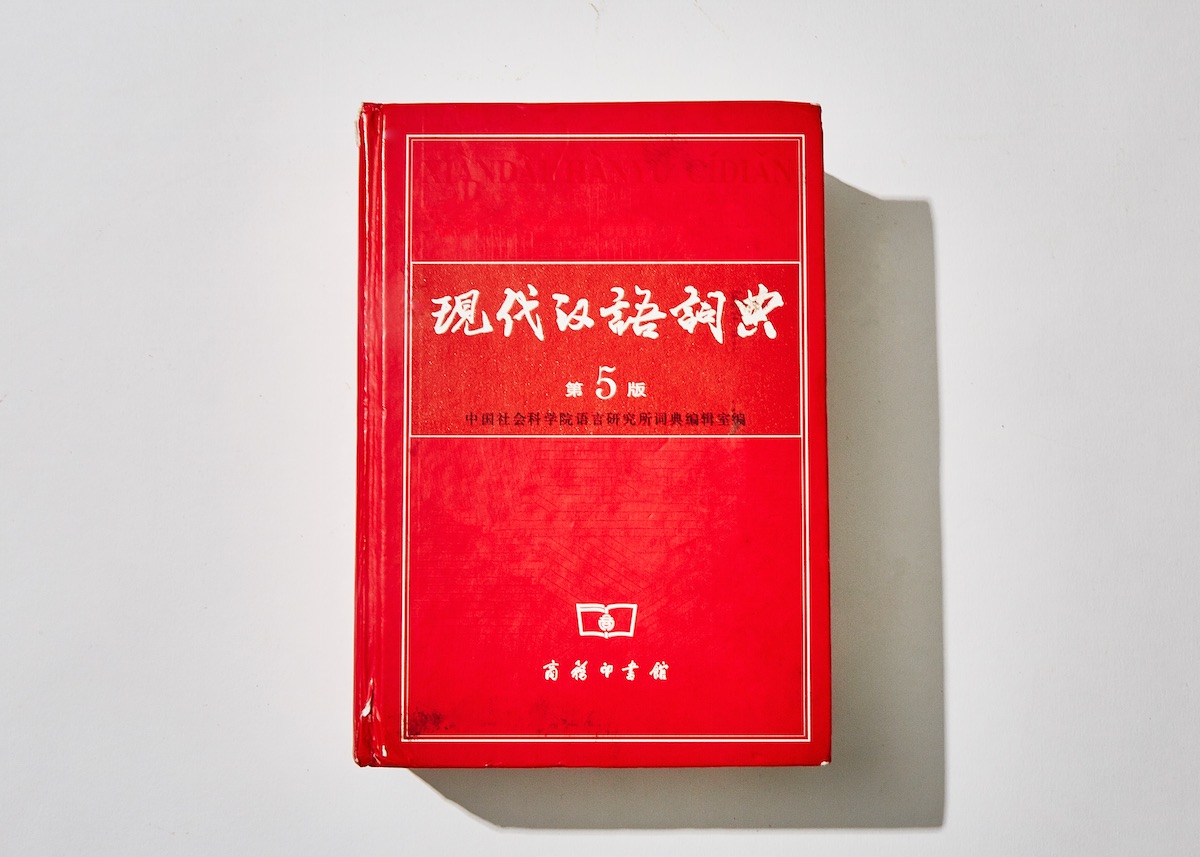 Miao Ying, Blind Spot, 2007, photo by Alex Lau
Miao Ying, Blind Spot, 2007, photo by Alex Lau
Blind Spot functions as an artifact of Chinese technological history, cataloging a transitional moment in the development of contemporary censorship tactics and discourse. For example in 2007, social media platforms were beginning to gain popularity in the country. By 2010, these platforms were made inaccessible to Chinese users.
Google is no longer accessible either. Instead, most Chinese users search using a service called Baidu.
Blind Spot's connection to social media is not only historical but conceptual as well, marking a moment before censorship began to shift from simply being enacted by the state, to a mutual, two-way censorship model, where users censor themselves and each other as well.
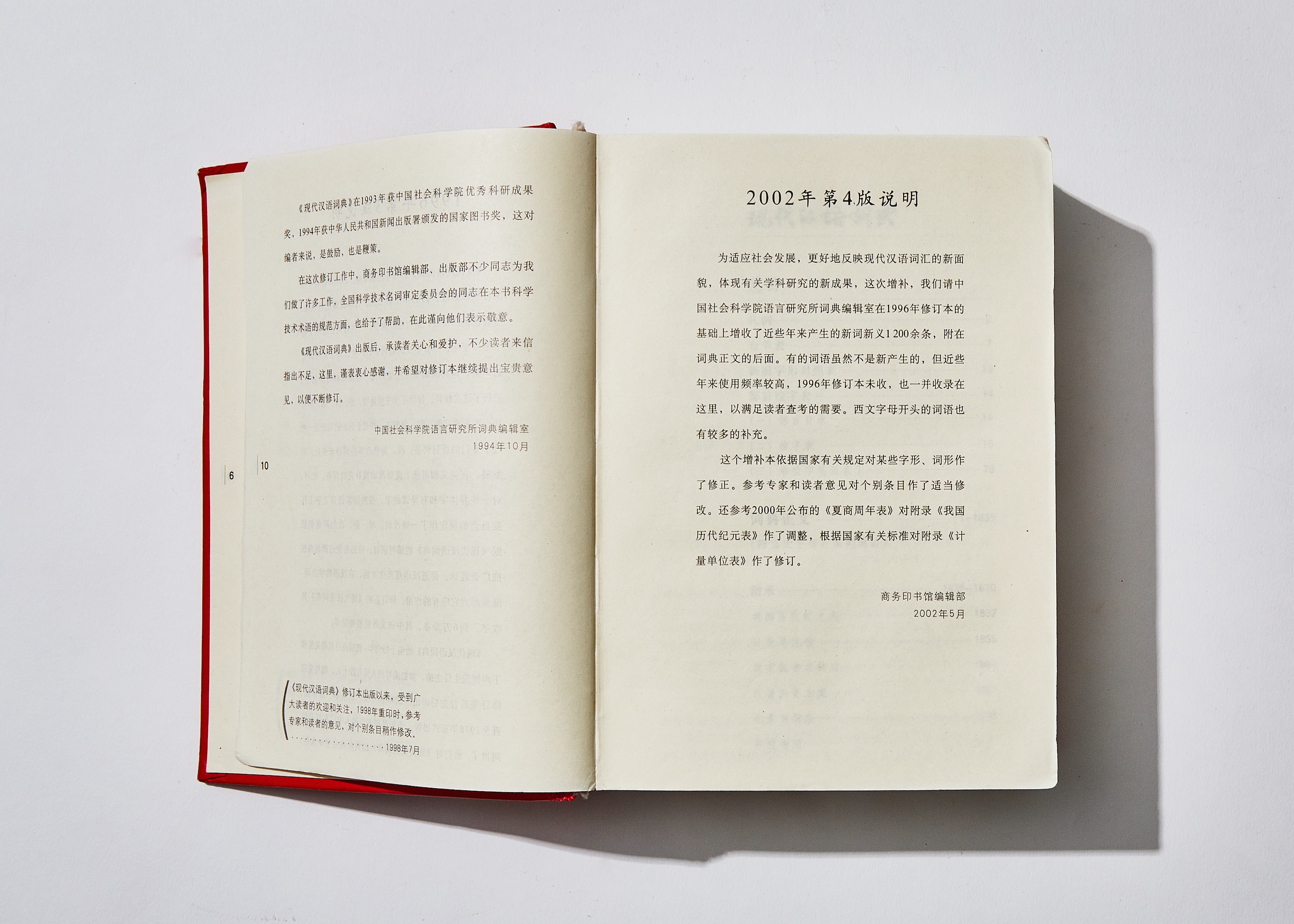 Miao Ying, Blind Spot, 2007, photo by Alex Lau
Miao Ying, Blind Spot, 2007, photo by Alex Lau
"When you are controlled by this large force for such a long time, you start to develop a bond with those who hold this power."
Blind Spot marked the beginning of the artist's interest in considering censorship in her work. But it also sparked her interest in censorship beyond itself; instead considering her relationship to it as a user.
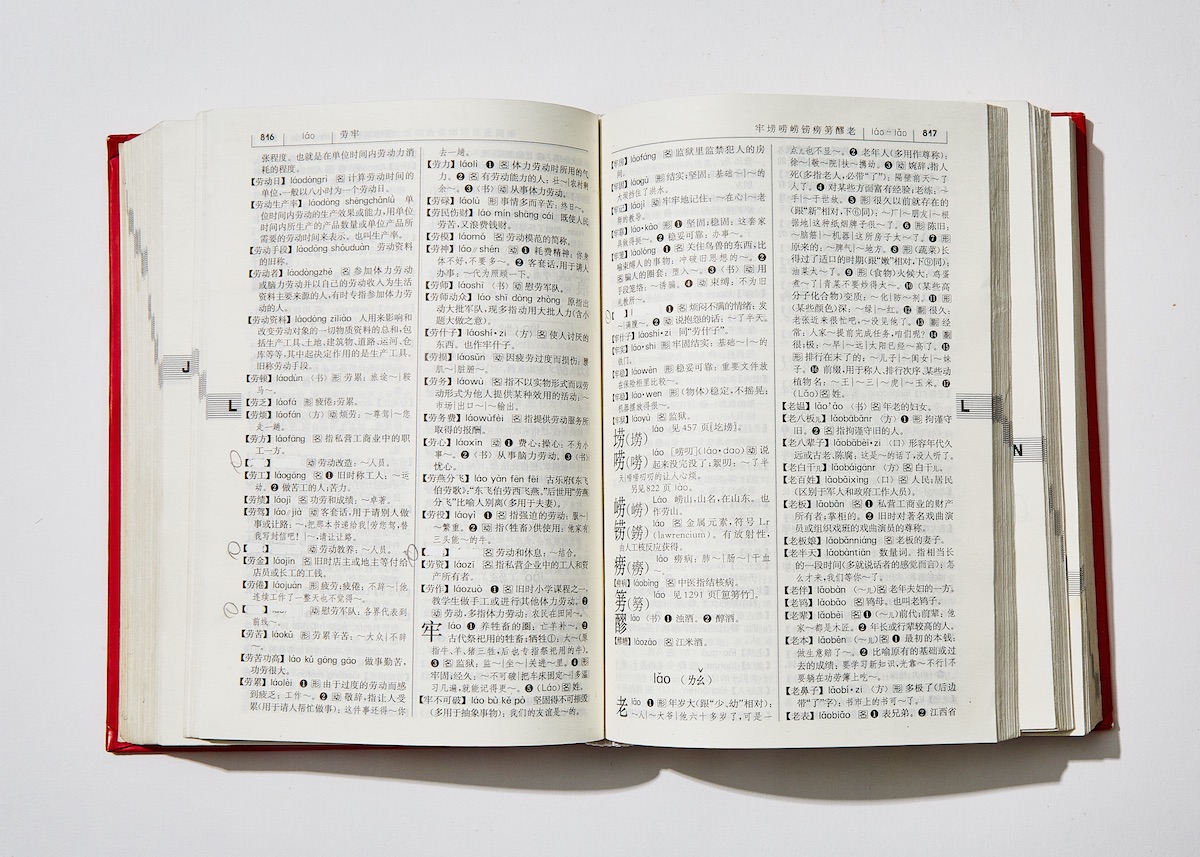 Miao Ying, Blind Spot, 2007, photo by Alex Lau
Miao Ying, Blind Spot, 2007, photo by Alex Lau
"By forcing myself to search for words 10 hours every day I became a flesh machine." - Miao Ying
Miao Ying's documentation of censored words speaks to the consistent implication of human labor in mechanisms that appear automatic or purely digital.
Blind Spot was included in the Anthology exhibition "The Art Happens Here: Net Art's Archival Poetics" at the New Museum in winter 2019.
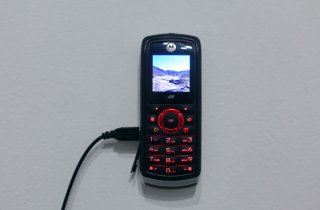 Transborder Immigrant Tool
Electronic Disturbance Theater 2.0/b.a.n.g. lab (Micha Cárdenas, Amy Sara Carroll, Ricardo Dominguez, Elle Mehrmand, and Brett Stalbaum)
2007
- ongoing
Transborder Immigrant Tool
Electronic Disturbance Theater 2.0/b.a.n.g. lab (Micha Cárdenas, Amy Sara Carroll, Ricardo Dominguez, Elle Mehrmand, and Brett Stalbaum)
2007
- ongoing
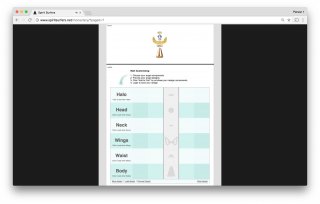 Spirit Surfers
Kevin Bewersdorf, Paul Slocum, Marcin Ramocki, Ethan Hayes-Chute, John Transue, Luke Murphy, Krist Wood, Aron Namenwirth, Harm van den Dorpel, Dragan Espenschied, Travis Hallenbeck, Olia Lialina, Peter Wilson, Patrick Armstrong, Patrick Groth, Peter Blasser, Chad Hopper, Rachel Abelson, Petra Cortright
2008
- ongoing
Spirit Surfers
Kevin Bewersdorf, Paul Slocum, Marcin Ramocki, Ethan Hayes-Chute, John Transue, Luke Murphy, Krist Wood, Aron Namenwirth, Harm van den Dorpel, Dragan Espenschied, Travis Hallenbeck, Olia Lialina, Peter Wilson, Patrick Armstrong, Patrick Groth, Peter Blasser, Chad Hopper, Rachel Abelson, Petra Cortright
2008
- ongoing


